
Find Help
More Items From Ergsy search
-

Do I need sunscreen on cloudy days?
Relevance: 100%
-

Is it possible to get sunburned on cloudy days?
Relevance: 95%
-
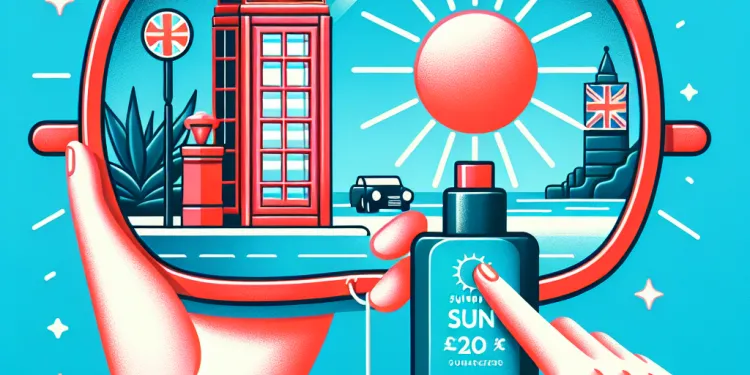
What is sunburn?
Relevance: 72%
-

At what time of day is the sunburn risk highest?
Relevance: 72%
-

What causes sunburn?
Relevance: 69%
-
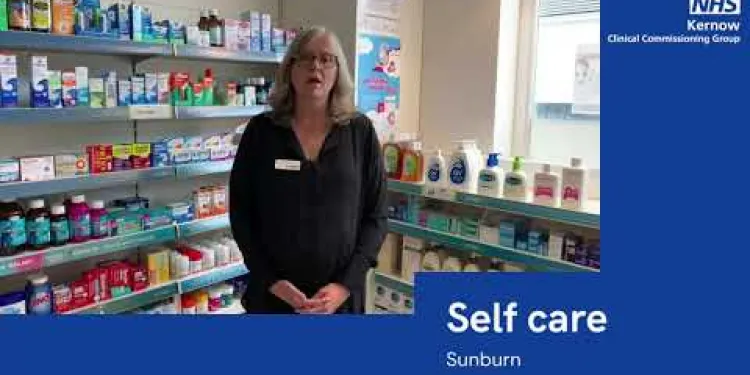
Self care - sunburn
Relevance: 66%
-
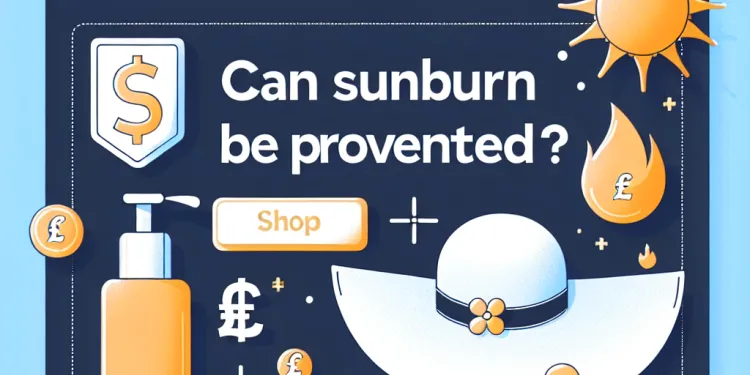
Can sunburn be prevented?
Relevance: 63%
-

What is Sunburn?
Relevance: 62%
-
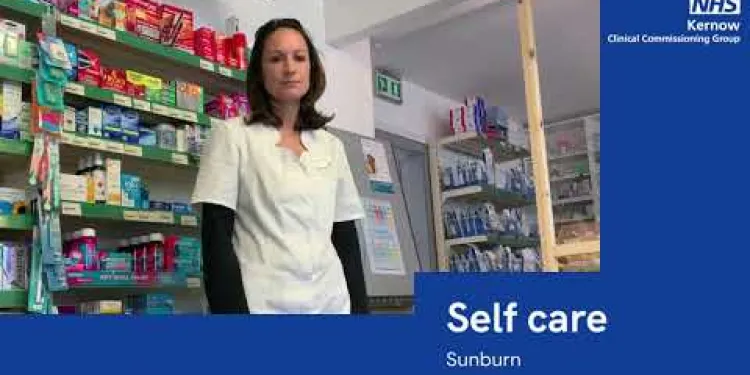
Self care - sunburn
Relevance: 60%
-

How long does it take for sunburn to appear?
Relevance: 52%
-

What are the symptoms of sunburn?
Relevance: 51%
-

How is sunburn treated?
Relevance: 49%
-

What SPF level is recommended to prevent sunburn?
Relevance: 48%
-

Can sunburn turn into a tan?
Relevance: 48%
-

Is peeling a normal part of sunburn recovery?
Relevance: 47%
-
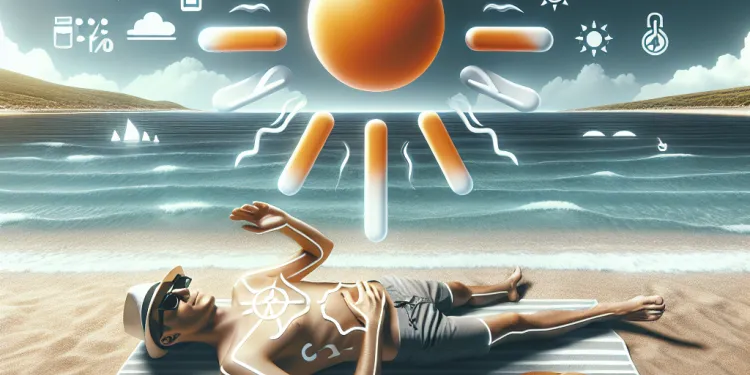
Can sunburns cause permanent damage?
Relevance: 47%
-
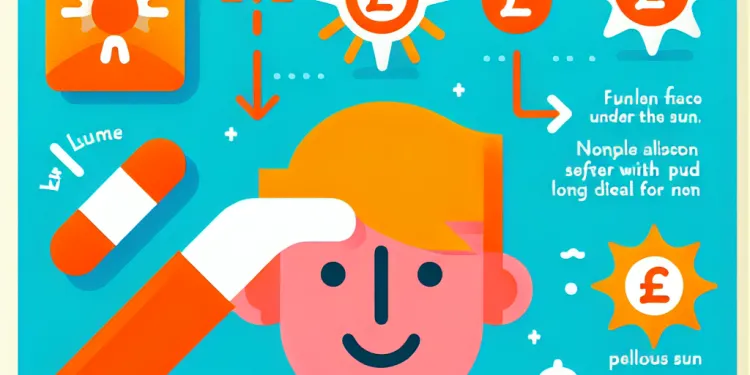
What are the long-term effects of sunburn?
Relevance: 45%
-

Are some people more prone to sunburn?
Relevance: 45%
-

Can dark-skinned individuals get sunburned?
Relevance: 45%
-

Does tanning lotion prevent sunburn?
Relevance: 42%
-

What SPF should I use if I am going to be outdoors all day?
Relevance: 41%
-

On the day of your cataract surgery
Relevance: 37%
-

What are UVA and UVB rays?
Relevance: 35%
-

Does water reflect UV rays, increasing the risk of sunburn?
Relevance: 32%
-

What to do if you're sunburnt
Relevance: 29%
-

Can I have visitors on the first day?
Relevance: 29%
-

What to expect on the day of your operation
Relevance: 29%
-

Is a higher SPF always better?
Relevance: 28%
-

World Pancreatic Cancer Day - No Time to Wait
Relevance: 27%
-

Undergoing day case surgery at University Hospitals Bristol
Relevance: 26%
-
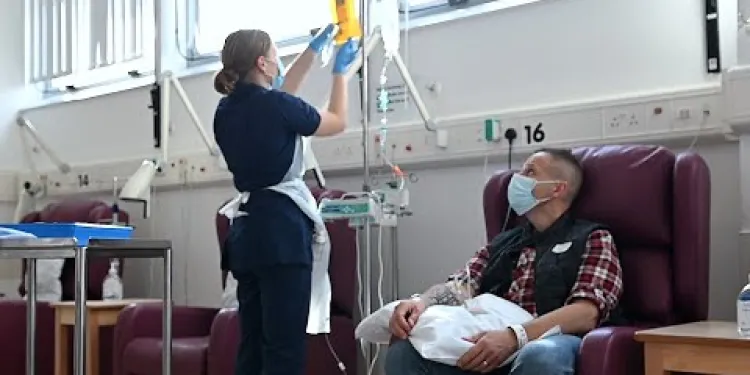
Having chemotherapy and other treatments in the Day Treatment Unit
Relevance: 26%
-

What to expect on the first day in a British prison.
Relevance: 26%
-

Which factor sunscreen should I use?
Relevance: 25%
-

How many days of bereavement leave can I take?
Relevance: 25%
-

What should I do if I overstay my 90-day limit in the Schengen Area?
Relevance: 25%
-

How often should I reapply sunscreen?
Relevance: 23%
-

Why do some people not burn as easily as others?
Relevance: 23%
-

Same day discharge for NHS Golden Jubilee’s hip replacement patients
Relevance: 22%
-

Can players return to play on the same day after a suspected concussion?
Relevance: 22%
-

What is UV radiation?
Relevance: 22%
Understanding Sunburn
Sunburn occurs when skin is exposed to an excessive amount of ultraviolet (UV) radiation, primarily from the sun. UV rays can penetrate and damage skin cells, leading to redness, pain, and sometimes long-term damage to the skin. It is a common misconception that sunburn only happens on sunny, clear days; however, it is indeed possible to get sunburned even on cloudy days.
Clouds and UV Radiation
While clouds can block some of the sunlight, they do not completely filter out UV radiation. Specific types of clouds, such as thin, wispy ones, may let through more UV rays than you might expect. In fact, up to 80% of UV rays can penetrate clouds, which means that the potential for sunburn remains high. This phenomenon, where people underestimate UV exposure due to cloud cover, is sometimes referred to as the "broken-cloud effect."
Factors Influencing UV Exposure
Several factors influence how much UV radiation penetrates the clouds and reaches the earth. These include the thickness and type of cloud cover, the time of day, and geographical location. Generally, UV radiation is strongest between 11 a.m. and 3 p.m., so even on a cloudy day during these hours, the risk of sunburn can still be significant. Furthermore, UV levels tend to be higher during the summer months and at higher altitudes.
Protection Strategies
To protect yourself from sunburn on cloudy days, it is important to adopt sun safety measures, much like you would on a sunny day. Wearing sunscreen with a high SPF, which protects against both UVA and UVB rays, is crucial. Reapply it every two hours, or more frequently if you are swimming or sweating. Additionally, wearing protective clothing, hats, and sunglasses can help minimize exposure to harmful UV rays.
Conclusion
In the UK, where the weather is frequently overcast, it's essential to understand that sun safety is not just a concern for sunny days. The risk of sunburn persists year-round, and precautions should be taken regardless of the weather. By being aware of the potential for UV exposure on cloudy days and taking appropriate measures to protect your skin, you can enjoy outdoor activities while minimizing the risk of sunburn and its associated health effects.
Understanding Sunburn
Sunburn happens when your skin gets too much sunlight. Sunlight has something called ultraviolet (UV) rays that can hurt your skin. This can make your skin red and painful. You might think you can only get sunburn when it's sunny. But you can still get sunburn even when it’s cloudy.
Clouds and UV Radiation
Clouds can block some sunlight, but they don’t stop all the UV rays. Some clouds let more UV rays through than others. Up to 80% of UV rays can go through clouds. This means you can still get sunburn when it's cloudy. This is called the "broken-cloud effect."
Factors Influencing UV Exposure
How much UV gets through depends on a few things. These include the type of clouds, the time of day, and where you are. UV rays are strongest between 11 a.m. and 3 p.m. Even on cloudy days, you can get sunburn during this time. UV rays are also stronger in summer and in places high up.
Protection Strategies
To avoid sunburn on cloudy days, protect your skin like you would on sunny days. Use sunscreen with high SPF to block UV rays. Put it on every two hours, more if you swim or sweat. Wear clothes that cover your skin, a hat, and sunglasses to stay safe.
Conclusion
In places like the UK, it's often cloudy, but you still need to be careful. Sunburn can happen any time of the year, not just in summer. Remember to protect your skin even when it's cloudy. This way, you can enjoy being outside without getting hurt by the sun.
Frequently Asked Questions
Useful Links
- Ergsy carfully checks the information in the videos we provide here.
- Videos shown by Youtube after a video has completed, have NOT been reviewed by ERGSY.
- To view, click the arrow in centre of video.
- Most of the videos you find here will have subtitles and/or closed captions available.
- You may need to turn these on, and choose your preferred language.
- Go to the video you'd like to watch.
- If closed captions (CC) are available, settings will be visible on the bottom right of the video player.
- To turn on Captions, click settings .
- To turn off Captions, click settings again.
More Items From Ergsy search
-

Do I need sunscreen on cloudy days?
Relevance: 100%
-

Is it possible to get sunburned on cloudy days?
Relevance: 95%
-

What is sunburn?
Relevance: 72%
-

At what time of day is the sunburn risk highest?
Relevance: 72%
-

What causes sunburn?
Relevance: 69%
-

Self care - sunburn
Relevance: 66%
-

Can sunburn be prevented?
Relevance: 63%
-

What is Sunburn?
Relevance: 62%
-

Self care - sunburn
Relevance: 60%
-

How long does it take for sunburn to appear?
Relevance: 52%
-

What are the symptoms of sunburn?
Relevance: 51%
-

How is sunburn treated?
Relevance: 49%
-

What SPF level is recommended to prevent sunburn?
Relevance: 48%
-

Can sunburn turn into a tan?
Relevance: 48%
-

Is peeling a normal part of sunburn recovery?
Relevance: 47%
-

Can sunburns cause permanent damage?
Relevance: 47%
-

What are the long-term effects of sunburn?
Relevance: 45%
-

Are some people more prone to sunburn?
Relevance: 45%
-

Can dark-skinned individuals get sunburned?
Relevance: 45%
-

Does tanning lotion prevent sunburn?
Relevance: 42%
-

What SPF should I use if I am going to be outdoors all day?
Relevance: 41%
-

On the day of your cataract surgery
Relevance: 37%
-

What are UVA and UVB rays?
Relevance: 35%
-

Does water reflect UV rays, increasing the risk of sunburn?
Relevance: 32%
-

What to do if you're sunburnt
Relevance: 29%
-

Can I have visitors on the first day?
Relevance: 29%
-

What to expect on the day of your operation
Relevance: 29%
-

Is a higher SPF always better?
Relevance: 28%
-

World Pancreatic Cancer Day - No Time to Wait
Relevance: 27%
-

Undergoing day case surgery at University Hospitals Bristol
Relevance: 26%
-

Having chemotherapy and other treatments in the Day Treatment Unit
Relevance: 26%
-

What to expect on the first day in a British prison.
Relevance: 26%
-

Which factor sunscreen should I use?
Relevance: 25%
-

How many days of bereavement leave can I take?
Relevance: 25%
-

What should I do if I overstay my 90-day limit in the Schengen Area?
Relevance: 25%
-

How often should I reapply sunscreen?
Relevance: 23%
-

Why do some people not burn as easily as others?
Relevance: 23%
-

Same day discharge for NHS Golden Jubilee’s hip replacement patients
Relevance: 22%
-

Can players return to play on the same day after a suspected concussion?
Relevance: 22%
-

What is UV radiation?
Relevance: 22%


